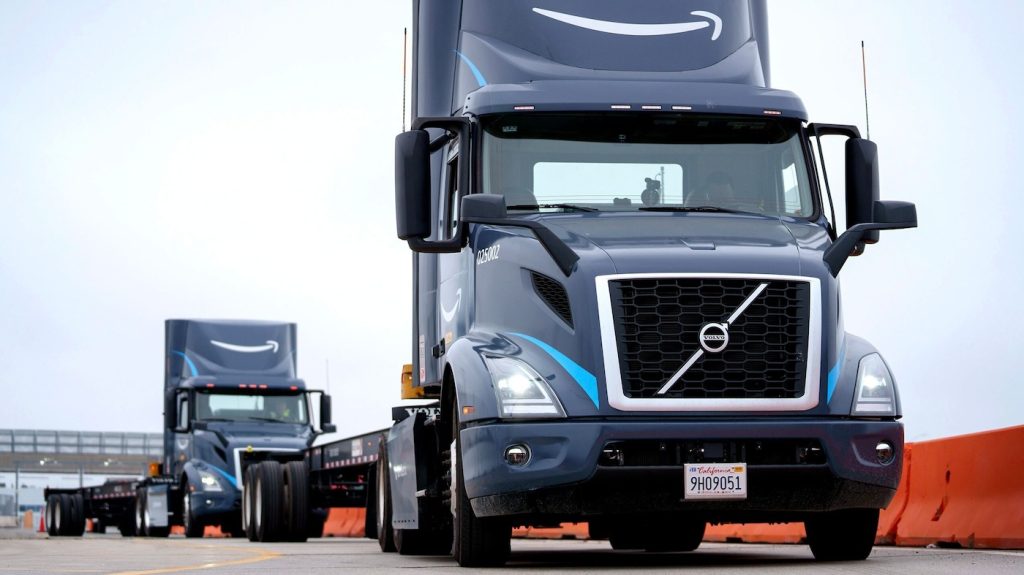When Amazon co-founded The Climate Pledge in 2019, it announced plans to put more than 100,000 electric delivery vans on the road by 2040. Five years later, and the house that Bezos built just crossed the 15,000 EV milestone.
Amazon famously partnered with Rivian, pouring serious money into a concept that (at the time) was little more than a sketch. Less than three years later, the vans were on the road, delivering kitty litter with free, 2-day shipping to customers who can’t be bothered to drag themselves to Costco.
It’s hard to argue with their success. To date, Amazon vans from Rivian have delivered more than 800 million packages to customers in the US. And Amazon, to its credit, has moved up the timeline.
Amazon now plans to fully electrify its 100,000+ delivery van fleet by 2030 — fully ten years ahead of the original plan.
“Our 2024 Sustainability Report underscores our unwavering commitment to achieving net-zero carbon emissions by 2040,” states Andy Jassy, CEO of Amazon. “Electric vehicles (play) a pivotal role in our strategy.”
Amazon has EVs everywhere

Back in May, Amazon announced that it had placed a number of fully electric Volvo semi trucks into ocean freight service in California.
Those trucks are hauling heavy cargo containers and customer package loads in Amazon’s first- and middle-mile operations, joining the thousands of last-mile electric vans from Ford and Rivian that are already delivering packages across the golden state.
As you can imagine, keeping all those EVs going requires a massing investment in infrastructure to go along with the massive investment in vehicles. To that end, Amazon has installed over 17,000 chargers at more than 120 delivery stations across the US. The company is exploring other electric transport solutions, such as electric cargo bikes and drones, to advance its sustainability efforts even further.
Electrek’s Take

It’s hard not to get excited about numbers like these. Replacing 100,000 gas and diesel delivery vans with 100,000 electric vans by 2030 will make a huge difference in the lives of the drivers, the air quality of the neighborhoods they drive in, and — well, everybody!
We love to see it.
SOURCE | IMAGES: Amazon.
FTC: We use income earning auto affiliate links. More.




![Here’s a better look at the new Nissan LEAF EV [Images] Here’s a better look at the new Nissan LEAF EV [Images]](https://i0.wp.com/electrek.co/wp-content/uploads/sites/3/2025/02/New-Nissan-LEAF-spotted.jpeg?resize=1200%2C628&quality=82&strip=all&ssl=1)